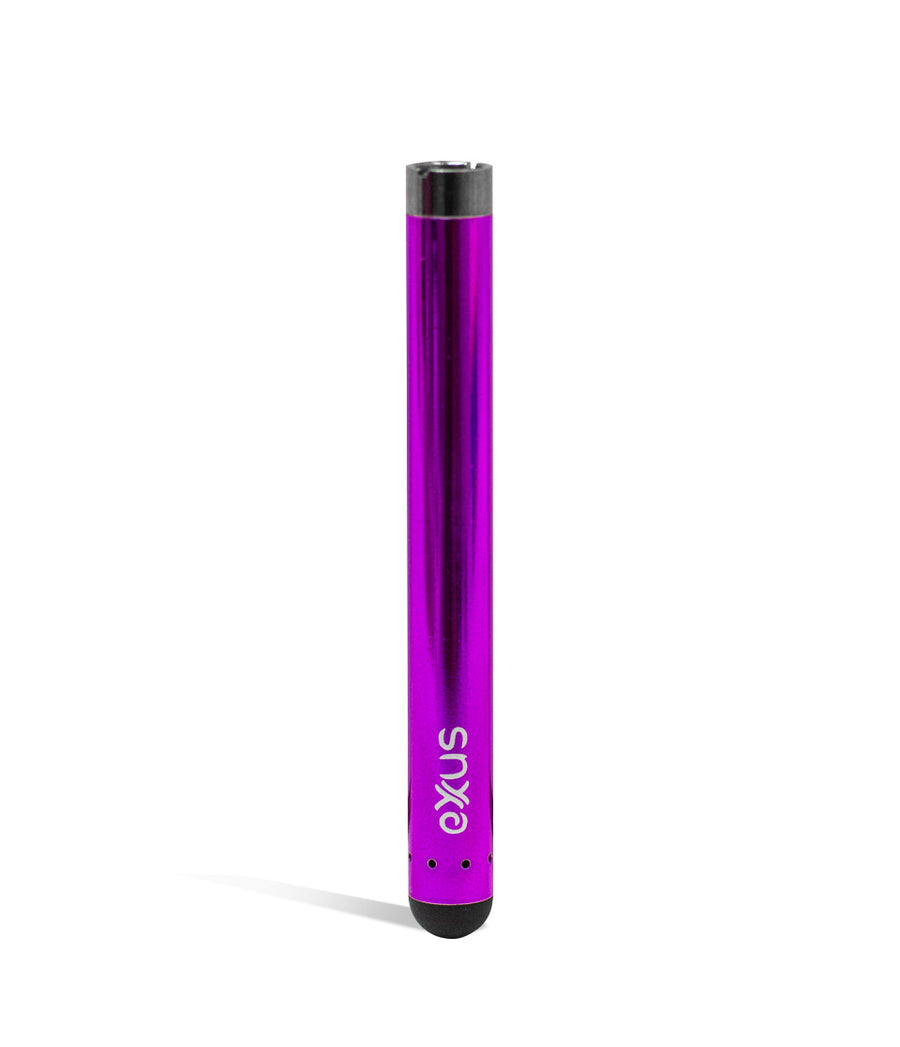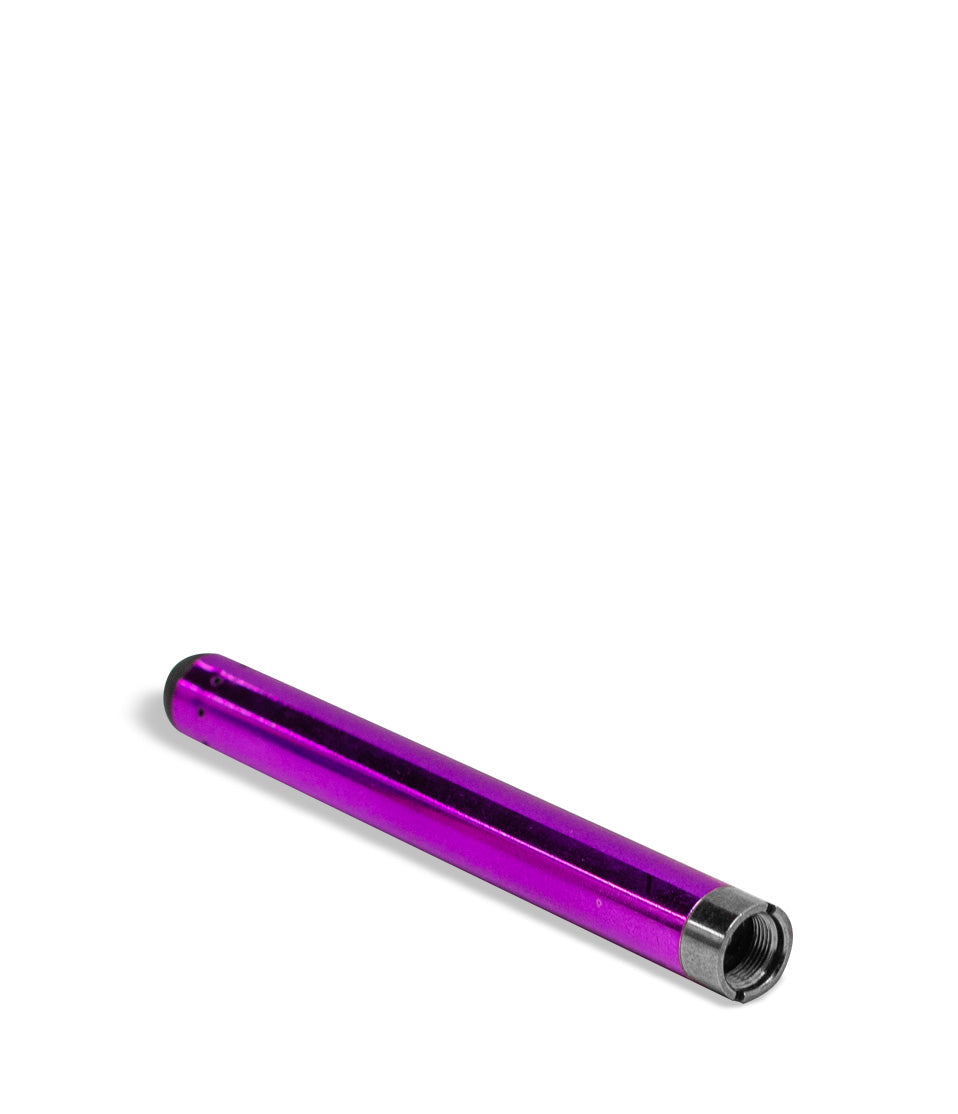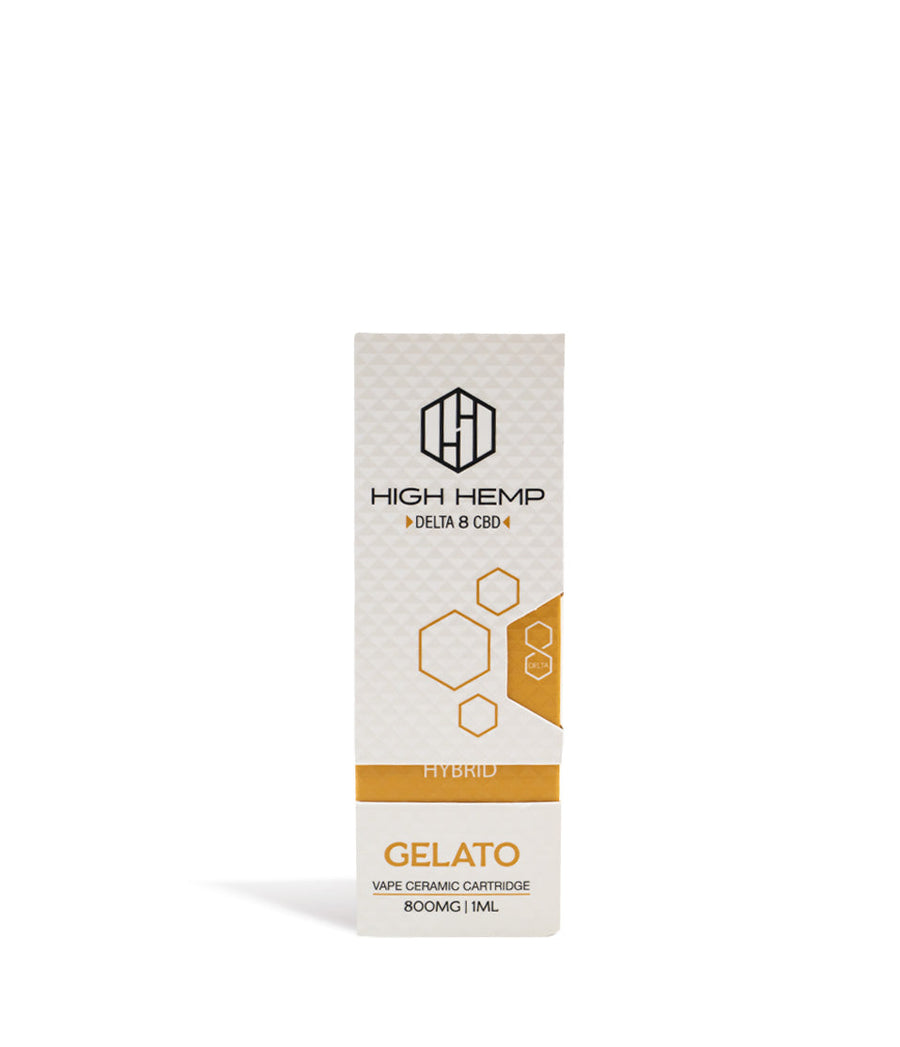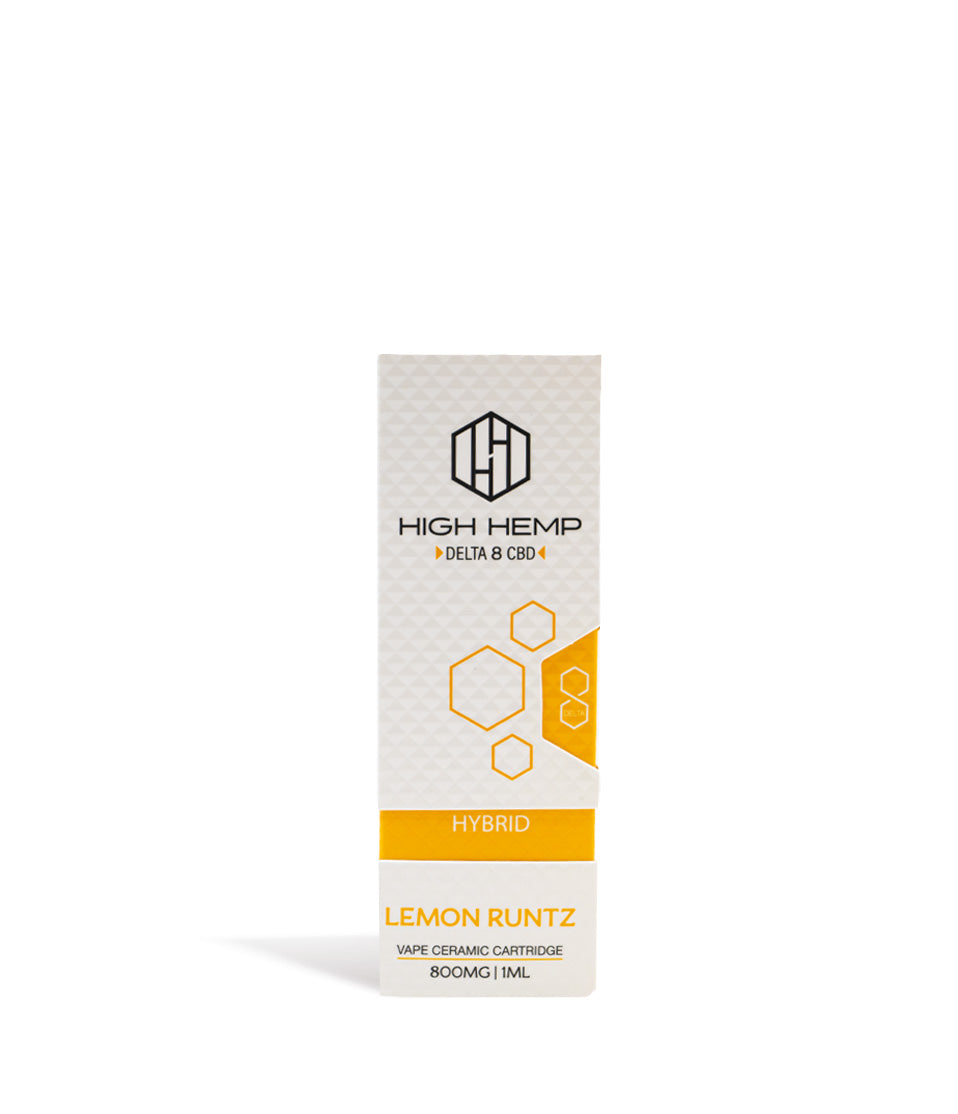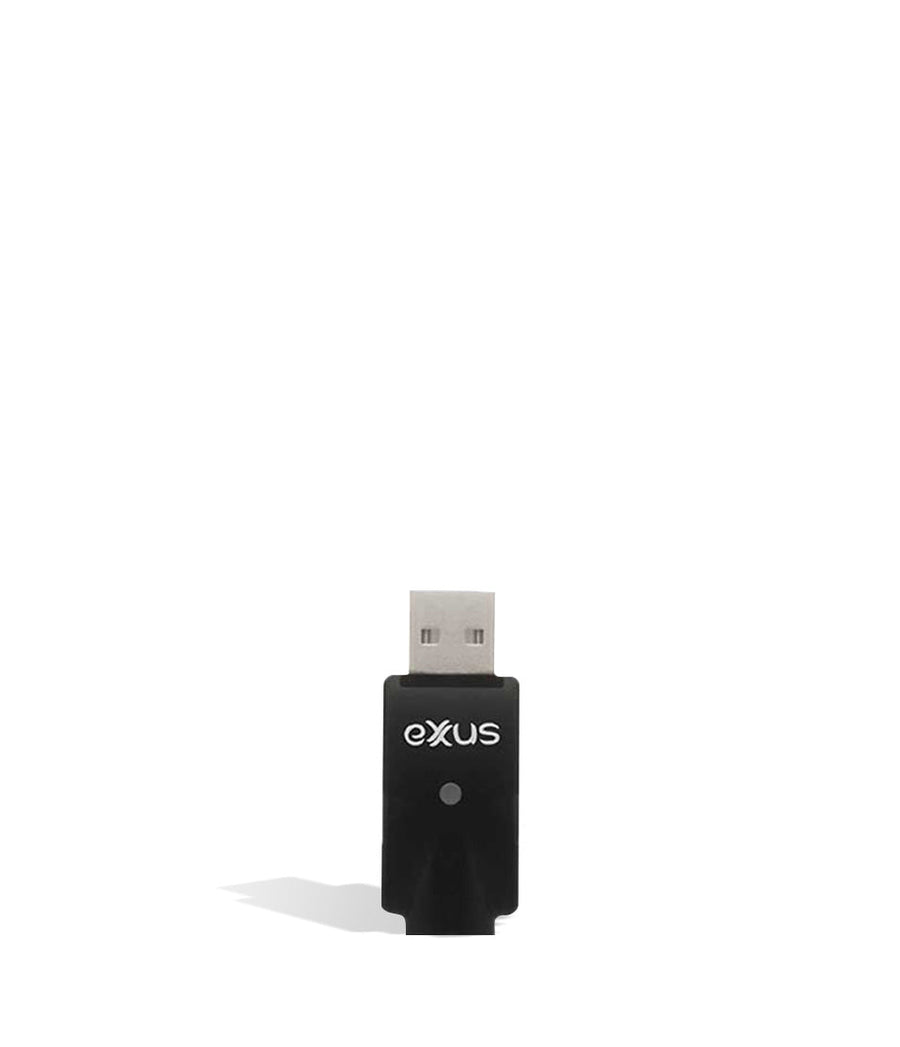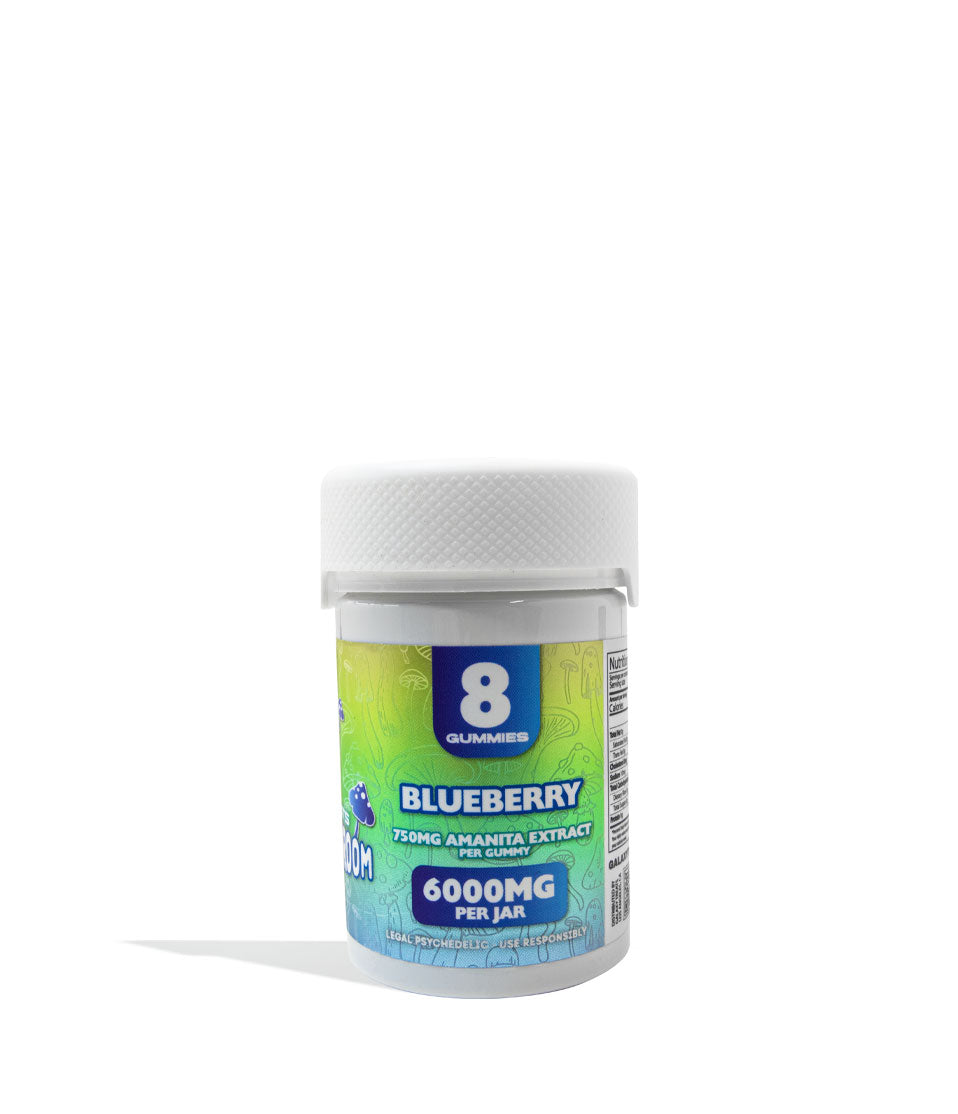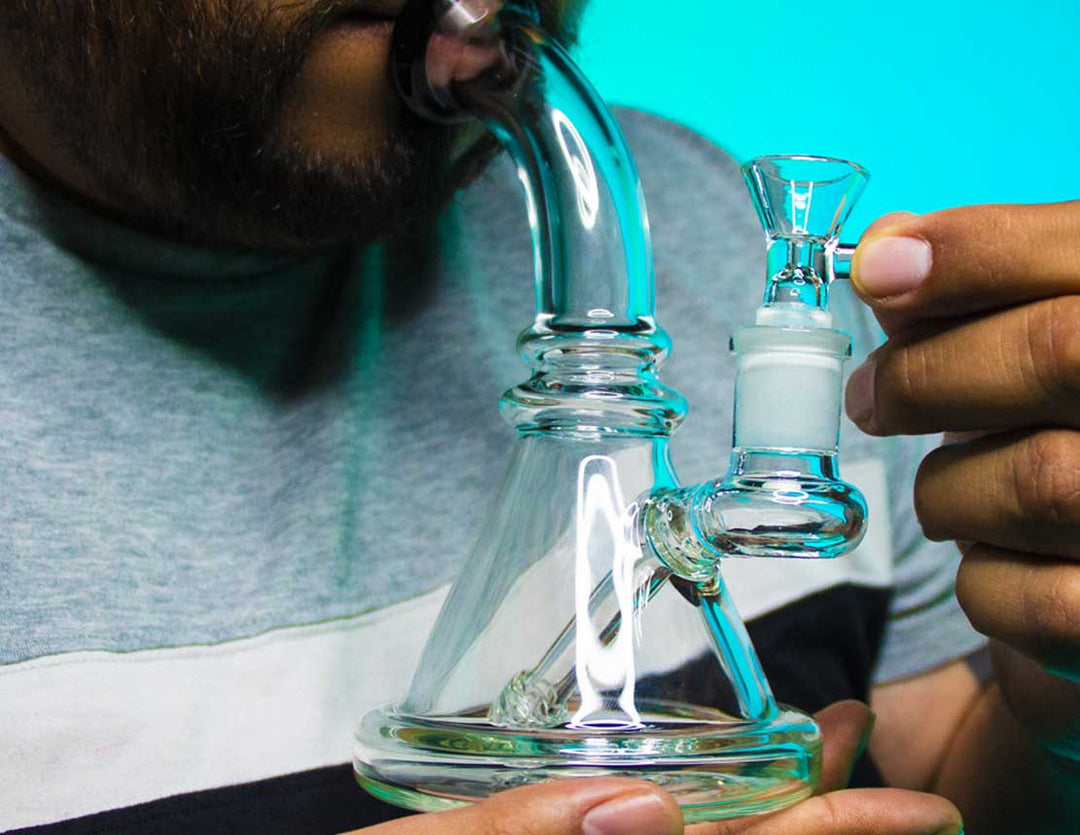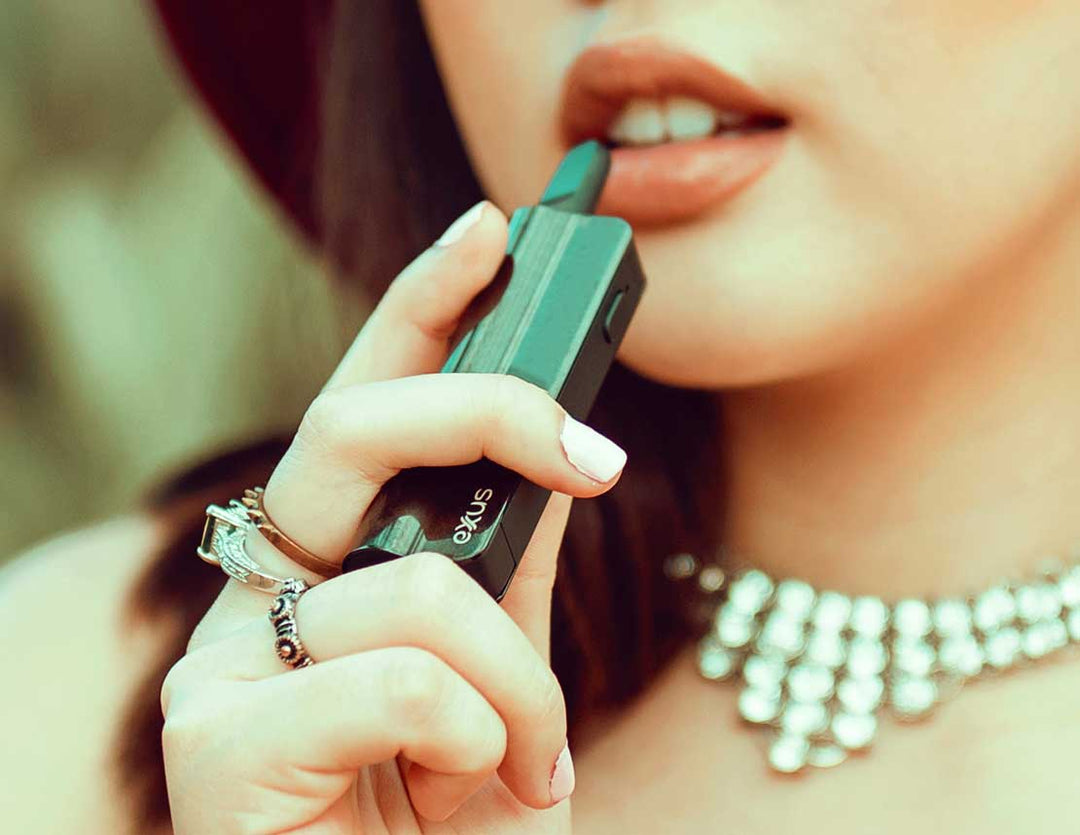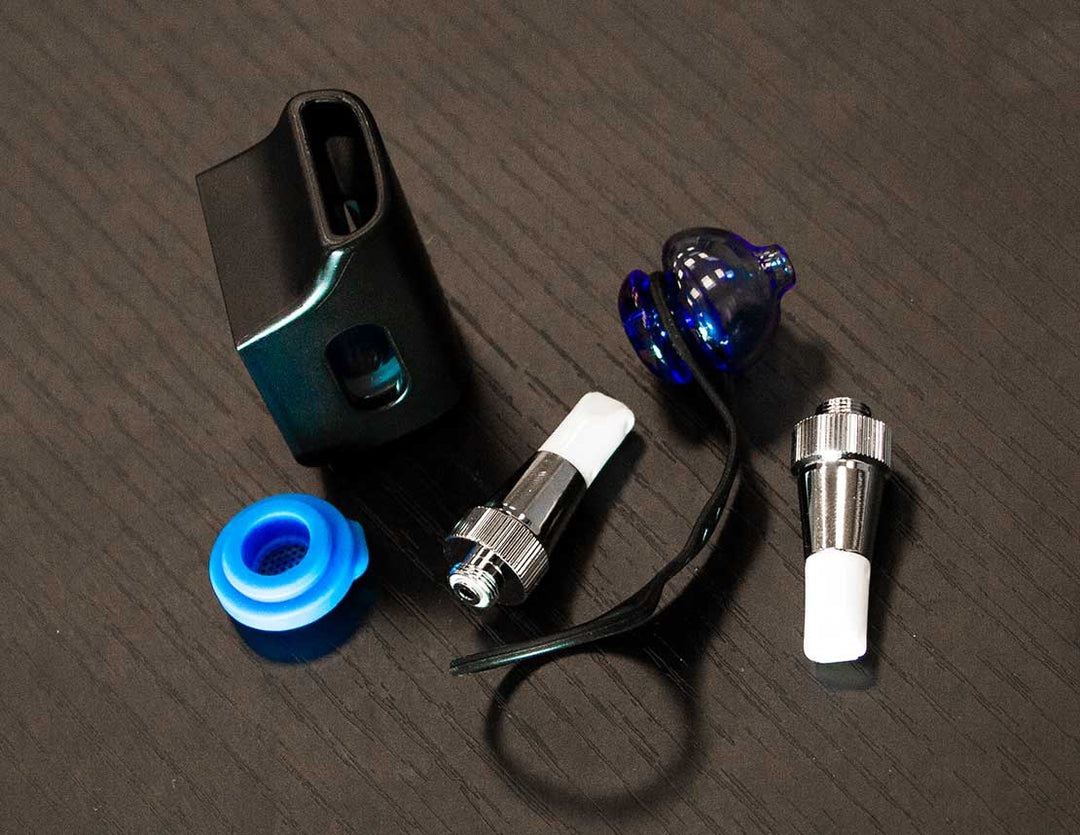Vaping vs. Smoking

Let us start off by categorically stating that we are not, by any means, saying that vaping is healthier than smoking traditional cigarettes. Vaping is relatively new, compared to traditional cigarettes, and there are simply no studies about the long-term health effects about vaping to make any claims of being “healthier.”
There are certain benefits to vaping, however, over smoking cigarettes. That’s what we’re going to talk about in this article. But first, let us define what exactly vaping is.
Even if you are a non-smoker, you've no doubt heard the term electronic cigarettes or e-cigarettes. Electronic cigarettes are a means of delivering nicotine without the other chemicals found in cigarettes. E-cigarettes also do not produce the smell of traditional cigarettes. What is produced when people use e-cigarettes is water vapor and not the toxic smoke of cigarettes. That’s why using an e-cigarette is commonly called “vaping”
A “vape” is, at its simplest, a small, portable vaporizer. They come in all sizes – from ones that resemble a cigarette and are disposable to more expensive models, commonly known as “mods.”
There are e-cigarette kits for every budget and need. Let’s look at some of the advantages that vaping equipment has over traditional cigarettes.
Cost
One major way that vaping beats smoking is cost. Getting started can be rather spendy, but chucking that pack of Marlboro Reds in favor of a vape will eventually pay for itself. Let’s do the math.
Awl's 2014 cost-analysis for a pack of cigarettes placed a pack of Marlboro Reds at between $5.25 and $12.85, depending on state taxes. This is an average of $7.12 per pack. According to Visually, in 2012, your average smoker smoked about 19.1 cigarettes per day. Since cigarettes are only sold per pack of 20, we'll round that up to 20 for a nice, round number. At 1 pack per day, a smoker spends approximately $2,598 per year on smokes.
If that smoker were to switch to vaping, the initial cost may seem exorbitant, but it will soon pay for itself. There are starter vaping kits out there that begin at about $39.99, and you'll also need coils, which generally run from about $2.99 for a single coil to 5-coil packs for between $10-20. You'll also need the juice used to create the vapor. A 30ml bottle of e-juice will cost between $5-$30, depending on your source. One 30ml bottle of e-juice should last a pack-a-day smoker about 12-15 days.
So, let's do the math, and we'll even go with the more expensive options just to prove a point.
$39.99 (Starter Kit) + $20 (5 Pack of Coils) + $60 (Two 30ml bottles of vape juice) = $119.99 initial investment.
After the initial investment, a smoker need only buy replacement coils – you'll go through 2 per month, on average - and vape juice. So, you'll need 2 bottles of vape juice per month and you'll buy a 5-pack of coils every other month. Let's compare that to buying a pack of cigarettes per day for a year.
Six 5-packs of coils per year (1 every other month) = $120
Two 30ml bottles of vape juice per month for a year = $480
Grand Total (Including Initial Investment) = $719.99
How much did we say smokers spent a year? $2,598 per year. Vaping costs $719.99 the first year, which is a savings of $1,878.01 alone! After the first year, assuming you're not upgrading and buying more expensive mods, that cost drops by the total cost of the initial investment. For our purposes, that's a yearly cost of about $600, resulting in nearly $2,000 in savings over traditional cigarettes.
Initial investment aside, the cost of vaping is actually quite low when compared to the cost of smoking a pack of cigarettes per day.
Chemicals & Ingredients
You may remember the anti-smoking commercials that listed the number of chemicals found in cigarettes. There are a lot of them. One study found that there were over 600 chemicals found in popular brands of cigarettes. Here are just a few of the less-than-savory ones.
- Ammonia
- Arsenic
- Butane
- Formaldehyde
- Lead
- Cyanide
- Nickel
- Urea (A major component of urine)
Gross, isn't it? Smokers are putting these chemicals into their bodies with every puff on a cigarette, and given the average pack-a-day habit, that's a lot of grossness being consumed. There is even speculation that some chemicals may have their own addictive properties, above and beyond the nicotine, that keep smokers hooked and coming back to buy more.
Filters do little to help filter out these chemicals. In fact, filters are thought to just be a marketing ploy to make people think that filtered cigarettes are healthier.
Why all the chemicals? Some are inherent in tobacco, but others are added for taste enhancement. Some of the chemicals also serve the purpose of keeping your tobacco burning hotter and longer so that it turns to vapor in your lungs, allowing for faster absorption. What chemical allows this? Ammonia. Yes, that's the same stuff that many people use to clean their windows and toilets.
Arsenic and cyanide are deadly poisons in the proper quantities. Arsenic can be pulled into tobacco plants naturally from the soil, and cyanide products can be found in many burned products. Butane is the main ingredient in lighter fluid. Formaldehyde is used primarily in the preservation of organic matter after death to slow decomposition.
Definitely gross. So, what are the ingredients found in vape juice?
- Propylene Glycol – used as a base or carrier for the nicotine and flavors. PG is widely used as a food additive and can be found in many of the foods we eat.
- Vegetable Glycerin – also used as a base or carrier for nicotine and flavors. VG is plant based and sometimes made from coconut or palm oil. VG is also widely used as a food additive.
- Water
- Flavorings – either on their own or mixed to create specific tastes
- Nicotine – Optional and generally comes in amounts from 0mg to 24mg
That's it. Notice the lack of poisons (though some might say nicotine is one). Also, notice the lack of the mountain of other chemicals that are found in cigarettes. Vape juice is typically either PG, VG, or a mix of the two. So, at most, there are 5 ingredients in vape juice. That's a lot less than 600.
Flavors
Let's face it. Cigarettes are woefully lacking when it comes to flavor options. Generally, they come in two, possibly three (if you count clove cigarettes) flavors. Regular flavor and menthol. While there is an argument for which brand tastes better due to tobacco strains and chemical additives, that's an argument for another website.
With vaping, there's virtually no limit to the flavor options. If you can think of a flavor, there's probably a similarly tasting vape juice out there for you.
Want the childhood nostalgia of your favorite cereal to evoke memories of sitting in front of the television watching Saturday morning cartoons? There's a juice for that. Want the taste of a peanut butter cup without all the calories? There's a juice for that.
Vape juices can be found in all kinds of flavors. Fruit, mint, cereals, various baked goods, candies... there are a wide assortment of vape juices available to try. Most companies even offer small sample bottles at a low cost so that you can try it to see if you like it. If you don't, you've spent less than a pack of cigarettes in most cases and can move on to try the next flavor on your list.
Of course, they also offer tobacco and menthol flavored vape juices, if you want to stick to the norm. But why do that when there are any number of tastes to try?
Quitting
Vaping has also been touted as a way of kicking the nicotine habit completely. Because vape juice can contain nicotine in quantities ranging from 24mg at the strongest to 0mg, it's a way of stepping down the amount of nicotine that you are consuming. A pack-a-day smoker might want to start at the strongest concentration, 24mg and gradually step down through 18mg, 12mg, 9mg, 6mg, 3mg, and finally, to 0mg to kick the addiction.
Of course, there's more to the addiction than just the nicotine. Some people become addicted to the hand movement of bringing a cigarette to their lips. Vaping helps with this addiction, since the motion is very similar. While not a sure-fire method of quitting, many people have found that switching to vaping has helped them eventually kick the habit completely.
When you get down to it, the cigarettes versus vaping argument is won, hands down, by vaping. Not only is it cheaper, you also rid yourself of all those nasty and harmful chemicals found in cigarettes. While we cannot say that it is necessarily healthier due to a lack of studies, it is a definite case of less being more, relatively speaking.
Vaping also wins in the flavor department because, let's face it – when given the choice of tobacco flavored or strawberry cheesecake flavored, the strawberry cheesecake is going to win in most people's opinions.
Another way that vaping wins is in the fact that there is none of that cigarette smell. With traditional cigarettes, your clothing, your home, your car, and anywhere you previously smoked will have that smell soaking into every fabric. The vapor exhaled by a vaporizer is virtually smell-free, not even having the smell of whatever flavor that you've chosen. While we certainly wouldn't recommend vaping in smoke-free areas, it doesn't produce the offensive smell that generally accompanies a cigarette smoker.
The great vape vs. cigarette debate may continue to rage on for quite awhile. However, when it comes down to cost, the amount of chemicals, flavor, and smell, vaping is the clear winner.


